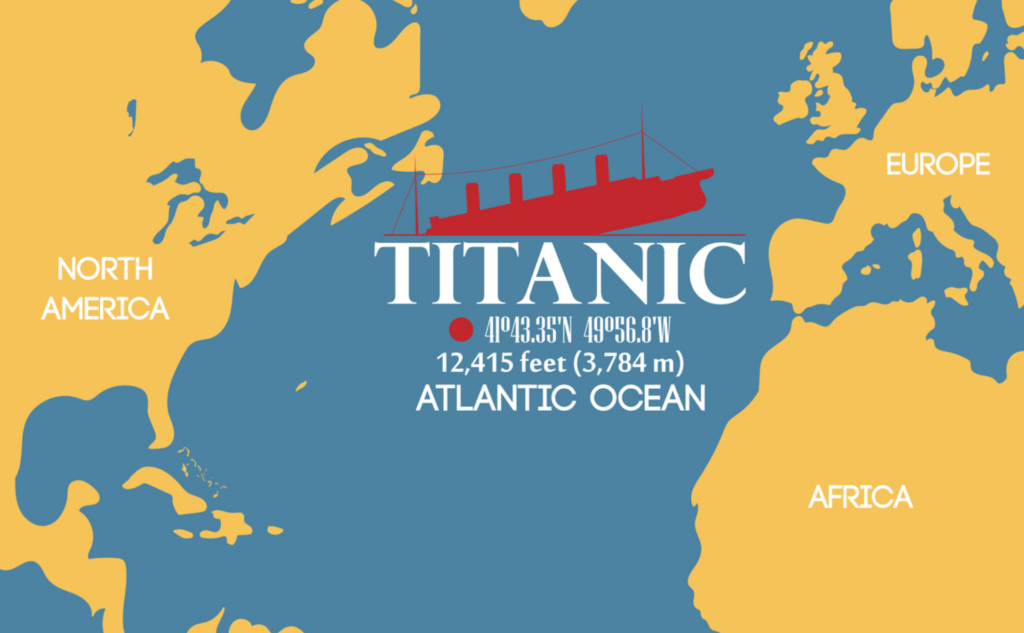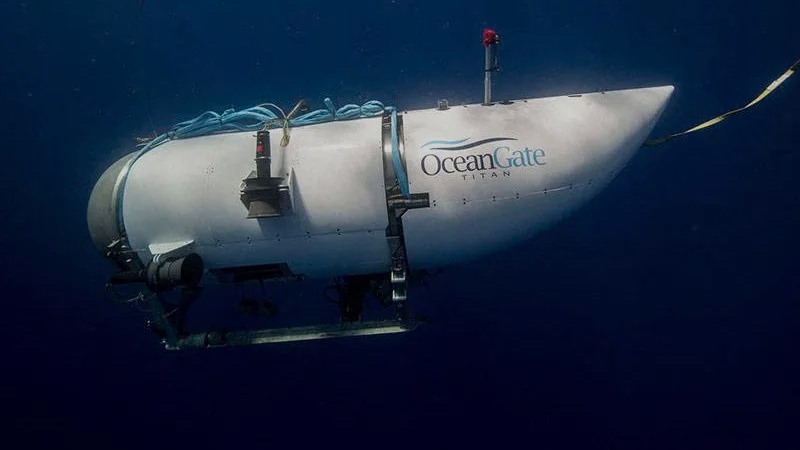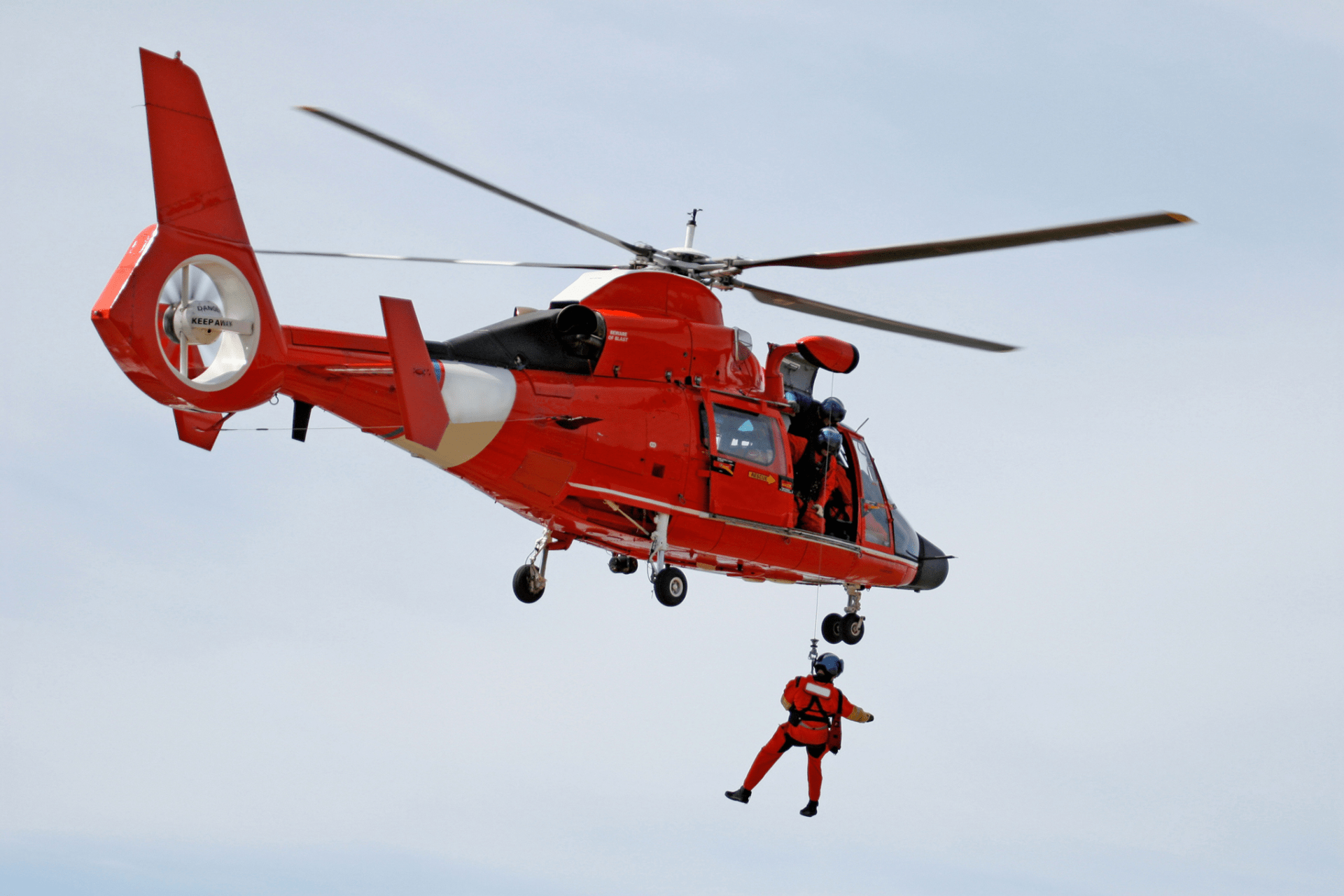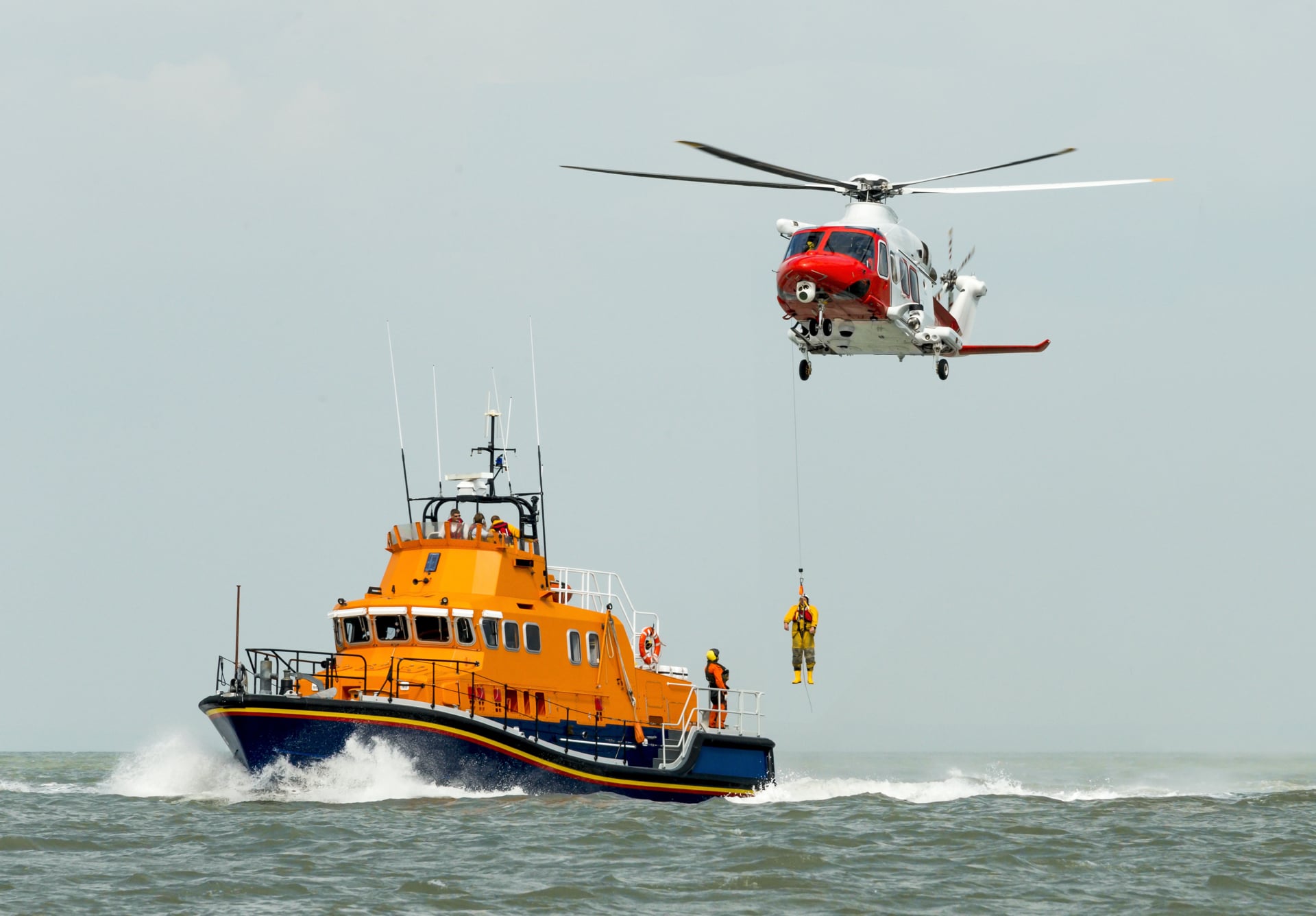SOLAS: A Response to Maritime Tragedy
The Titanic tragedy led to the establishment of the International Convention for the Safety of Life at Sea (SOLAS) in 1914. This was a critical development in response to the catastrophe, aimed at ensuring safety in maritime distress situations. The convention introduced stringent safety measures regarding the construction, equipment, and operation of maritime vessels. It also emphasized the importance of regular ship inspections to maintain and improve safety standards.
Titan: The Tragic Loss
Fast forward to more than a century later, on June 18, 2023, the submarine “Titan,” operated by OceanGate Expeditions, tragically imploded during a dive to the Titanic wreck site. This disaster echoed the Titanic catastrophe and reignited conversations around safety regulations and the handling of modern technology.
Submarine Regulations: Underneath SOLAS
The International Convention for the Safety of Life at Sea (SOLAS) predominantly concerns itself with the safety of merchant ships. It doesn’t specifically address submarines, especially military submarines, as these are outside (or rather below) its scope and generally subject to different rules and regulations set by individual countries’ military or naval authorities.
For civilian submarines, such as those used for research or tourism, they are typically governed by rules and regulations set forth by their individual countries and may not directly fall under the purview of SOLAS. The International Maritime Organization (IMO), which oversees the SOLAS Convention, has however developed the Code of Safety for Submersibles (resolution A.831(19)), which provides specific safety standards for submersibles intended to operate from ships.
In the event a submersible is operating in conjunction with a ship (for instance, a support vessel)- such as the “Polar Prince”, the relevant SOLAS requirements would apply to the ship, and potentially to safety arrangements and procedures related to the submarine’s operation.
Titan's Innovative Design: A Risk in Disguise?
The Titan featured a unique design with a roomier cylinder-shaped cabin made of carbon fiber, as opposed to the sphere-shaped cabins made of titanium used in most submersibles. This design, while innovative, subjected the Titan to increased pressure loads and stress, leading to its catastrophic failure.
The Titan, having undergone around two dozen dives, was repeatedly exposed to significant underwater stress. The carbon-fiber construction, initially celebrated for its efficiency and resilience, appears to have been unable to withstand the relentless pressure of the deep sea.
Therefore raising critical questions about the minimal safety standards in place. Surprisingly, the Titan was reportedly not certified, at least not by any traditional inspection agencies such as the American Bureau of Shipping (ABS), DNV/GL, or Lloyd’s Register. In 2019, OceanGate CEO Stockton Rush, who tragically lost his life in the disaster, had declared that the company would not allow the vessel to undergo checks by such external entities. He expressed the belief that such external inspection would stifle innovation.

Navigating in International Waters
Why would a company with such an approach operate such a vessel? Simply put, because it was possible. The regulation for submersibles, such as the Titan, is significantly less strict, especially when they operate in international waters, according to Salvatore Mercogliano, an associate professor of maritime history at Campbell University in North Carolina.
Mercogliano explained that the Titan, which was launched from a Canadian ship into the North Atlantic near the Titanic wreckage, did not need to comply with regulations typically applicable to other vessels. It didn’t need to register with any specific nation, fly a country’s flag, or follow customary maritime rules.
He likened the situation to towing a boat on a trailer, saying, “The police will ensure the trailer meets the requirements to be on the road, but they really won’t do a boat inspection.”
Mercogliano also noted that the Titan was not bound by the Passenger Vessel Safety Act of 1993, a law that regulates passenger-carrying submersibles and necessitates registration with the Coast Guard. The Act does not pertain to the Titan because it neither operates in American waters nor flies an American flag.
Overconfidence: A Shortcut to Disaster
This decision, reminiscent of the overconfidence shown by the creators of the Titanic – claiming it „unsinkable“, underscores the critical importance of external validation and examination.
Just as the Titanic disaster of 1912 led to the creation of the SOLAS Convention, the Titan tragedy of 2023 may be a catalyst for further changes in maritime safety regulations. With the ongoing investigation by the Transportation Safety Board of Canada, there is hope for a thorough understanding of the circumstances leading to this disaster and for lessons to be drawn to prevent such incidents in the future.
As we grapple with the repercussions of the Titan tragedy, the lessons from the Titanic disaster reverberate, emphasizing the essential need for stringent safety measures, external validation, and constant vigilance when exploring the unpredictable depths of the ocean.
The Titan disaster, much like the Titanic, serves as a stark reminder of the crucial importance of safety standards and respect for the power of the ocean. Perhaps it’s time for a ‚Titanic 2.0′ in maritime safety regulations – a renewed focus on rigorous standards, external scrutiny, and a commitment to learn from our past mistakes.





